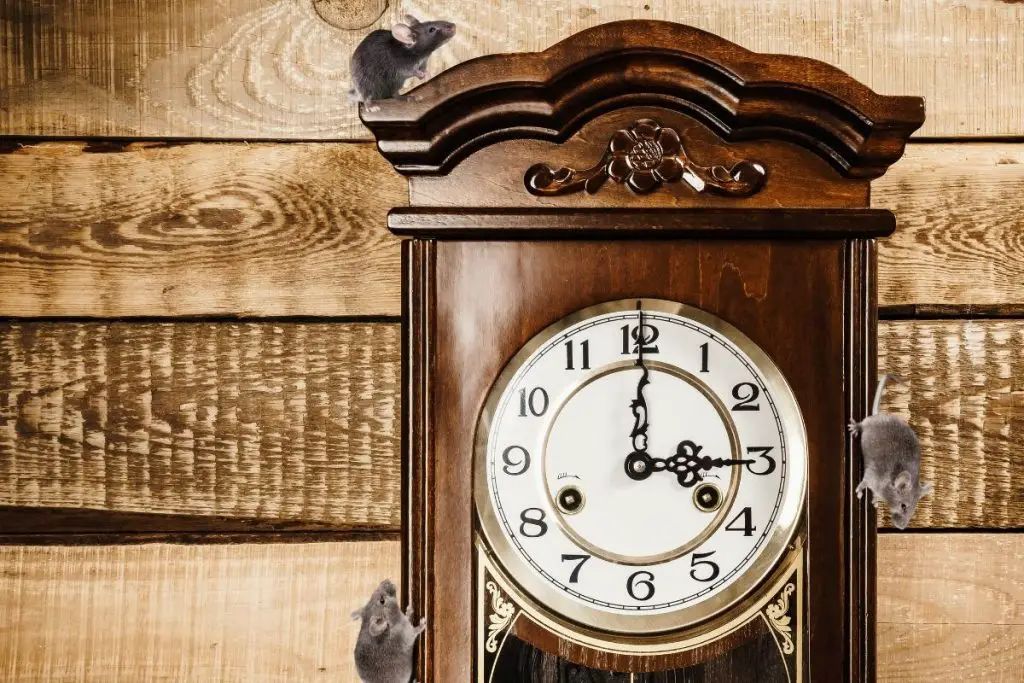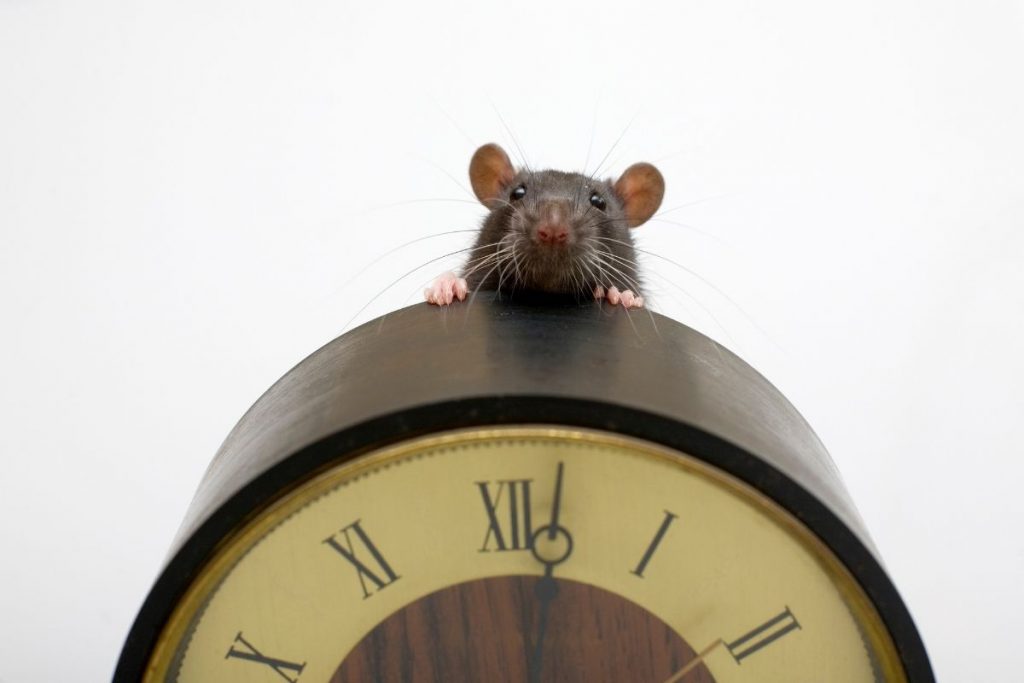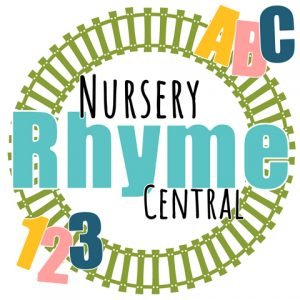Tick Tock Tick Tock Tick Tock Tick Tock
Hickory Dickory Dock……
Have you ever stopped to wonder why we say tick-tock and not tock-tick? Or why it is flip-flop instead of flop-flip or ping-pong instead of pong-ping? The word “tock” means the same thing as “tick.” The sound of an actual clock doesn’t tick and tock it sounds the same with each click! The words sound different when we say them because each has a slightly different combination of vowels! One has a short ‘i’ sound and the other has a short ‘o’. But why does it matter which order they are written or said in?
We say tick-tock and not tock-tick because of the ablaut reduplication rule. The rule refers to vowel changes in similar words and the order with which those vowels are said based on where the sounds are produced by the placement of the tongue – from the front to the back of the mouth.
This rule of the English language is one that most native speakers know without knowing, meaning if you asked an English speaker what ablaut reduplication was they would probably have no idea, nor would they be able to give you the reason for why you don’t say “tock tick” but instead say “tick-tock.”

What is Ablaut Duplication?
Ablaut refers to the change or shift of the vowel
Reduplication refers to the duplication of the other letters in the word.
Ablaut reduplication also called vowel gradation is a linguistic process by which vowels change in repeated and similar words. When this happens they create new word forms with particular meanings such as swishy-swashy or mish-mash. But the vowel change in these words needs to be in a particular order and this order is based on where the sound comes from in our mouths!
The rule of ablaut reduplication basically helps us say these types of words much more easily. For example say the following words out loud:
“Sit, set, sat, sought, sut”
notice what your teeth and tongue and jaw do as you say them…..
You should feel that as the sounds begin your tongue travels to the front of your mouth behind your teeth and as you continue to say the words your tongue moves further back in your mouth!
This is the case with many other English words where sound changes are used to show meaning. For example, in the word “tiger” your tongue moves from behind your teeth at the beginning of a hard “t”, then back again in an unvoiced soft “g”.
The same thing happens when we say tick-tock. As you start saying it, your tongue should be near or on top of your top set of teeth and as you continue to say it you push up against them more firmly until finally you’re touching them very quickly without any gaps at all! Then as you go to say tock your tongue moves back to be able to say the ‘o’ in tock.
Try saying
“Tick Tock Tick”
and see how your tongue moves in your mouth –
It is easier for our mouths to begin with forward sounds and therefore the ablaut reduplication rule means that when we change the vowels in similar and repeated words they are in the order of which they are easiest to say.
In which order do we say the vowels according to Ablaut Reduplication?
The order of ablaut reduplication is generally I, A, O. But there are obviously more vowels and each vowel has a short and long sound, not to mention all the digraphs and trigraphs (this is where two or three vowels combine to make one sound) so as a rule of thumb we just continue to follow the front to back sound-making rule. You will also find that ablaut reduplication is rarely used with vowels other than I, A, O but that the ablaut rule will trump out and win over others in the English language as follows.
Does the ablaut reduplication rule always work?
When we talk about the ablaut reduplication rule we are referring to series of words where the vowels change and the consonants stay the same like in bish, bosh, bash. But this rule of front to back vowels can be translated to other word combinations.
English adjectives should be in a specific order: quantity, opinion-size-temperature-age-shape-color origin material purpose, and finally noun. For example, you can say 1000 beautiful, tall, cold, young, round, purple, Canadian, silken, Magic, Unicorns. But it sounds strange to say purple, silken, Canadian, tall, beautiful, cold, magic, young, 1000, unicorns!
But there are times when this rule of adjective order is overridden by the ablaut reduplication or front to back vowel rule! One of the only examples I could find written about by Mathew Anderson from the BBC in 2016 is in the story Little Red Riding Hood. Little Red herself follows the adjective rule but Big Bad Wolf opinion-bad, size-big, noun-wolf follows the rule of front-to-back vowels which is followed in the ablaut reduplication rule. One might also argue it is his name and so the author took artistic license on this one, but it does follow the front-to-back philosophy!

CONCLUSION
So next time you hear someone say “tick tock”, “flip flop” “mish mash” or “tip top” you can tell them why it would be so weird to say “tock tick” by explaining the rule of ablaut reduplication. Have fun with it and try to see if you can find any word combinations that break the rule or of the adjective order rule. Just remember any good linguist or writer knows when to break the rules – that’s what makes them great!

